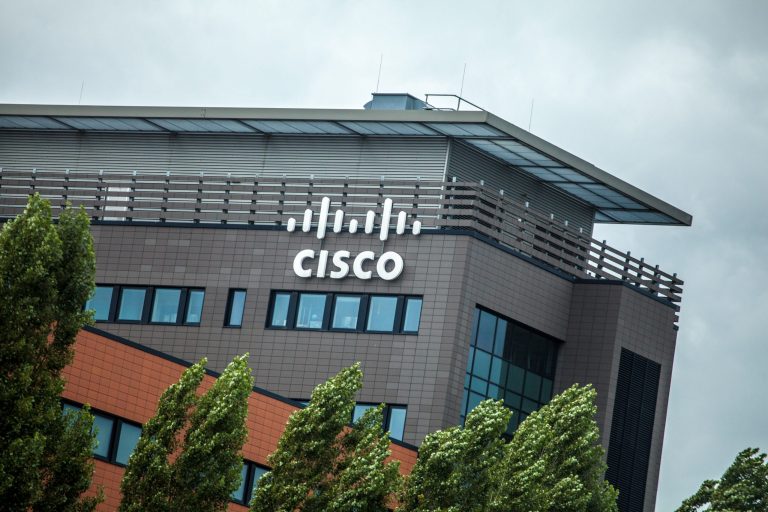In today’s fast-moving world, organizations are deploying innovative IoT and Digital Operations solutions that drive sustainable business practices, achieve energy conservation goals, and enhance operational efficiencies. I am amazed by their work and want to share a handful of recent stories that showcase how organizations use technology to solve real-world sustainability challenges for their customers.
Sustainability practices reduce energy use, waste, and costs
With technologies like open industrial IoT, advanced analytics, and AI, Microsoft Azure ensures manufacturing organizations are well-equipped to understand, mitigate, and validate their environmental impacts. Celanese and SGS are just two examples of Azure customers using IoT and Digital Operations to reduce energy use, waste, and costs.
Celanese, a specialty materials and chemical manufacturing company, envisions a Digital Plant of the Future powered by Cognite Data Fusion® on Microsoft Azure. The idea is to unify their processes, assets, and 25,000 employees on a common, scalable, and secure platform where AI algorithms actively identify and solve manufacturing problems.
For a global specialty manufacturer like Celanese, its ability to deploy diverse solutions quickly and cost-effectively anywhere across its value chain translates into millions of dollars in savings by optimizing heavy machinery and industrial processes. Microsoft Kubernetes Service (AKS) is core to Cognite’s infrastructure. Azure Functions orchestrates complex calculations with data stored in Azure Data Lake. AI capabilities in Azure and Azure Machine Learning provide actionable insights with contextualized industrial data. The solutions boost energy efficiency and reduce carbon emissions across their 30 industrial facilities across the globe.
Testing, inspection, and certification company SGS partnered with Microsoft Azure to develop an intelligent device for wind turbines called OCM-Online®, which uses Azure IoT Edge, Azure IoT Hub, and three Azure database services. The solution monitors and predicts turbine oil conditions and levels by collecting data from sensors that provide more than 17 different parameters from over 315 wind turbines. The solution is installed across one of the largest wind farms in the world, the Three Gorges Yangiiang Shaba Offshore project which powers 2.4 million households.
Instead of following a prescribed schedule for oil changes, wind farm operators now only change oil only when data shows it is needed. This greatly reduces unnecessary oil changes and recycling challenges. Historically, field teams manually collected samples and delivered them to a lab for analysis. With the global market size for online oil fluid monitoring valued at 689.7 million USD in 2021 and projected to reach 1.4 billion USD by 2031, digital solutions like OCM-Online are paramount to reducing waste and recycling challenges.
Data drives energy conservation efforts
We are seeing a massive build-out of clean energy technologies—wind, solar, hydro, and nuclear energy. However, tackling the supply side of energy use will not get us to global energy reduction goals. We need to reduce the demand. It’s challenging for consumers to make energy use decisions without clear and accessible data. Azure customers like SA Power Networks and Watts have innovative solutions consumers need to make smart, informed decisions.
One consumer-based solution comes from Watts, a Danish energy technology company. Watts uses Microsoft Azure for its smart home energy-tracking applications that allow households to monitor their own energy consumption patterns to understand how energy is being used and make decisions about when or if to run appliances. Consumers can even see where the energy comes from so, they can choose to power the house with green energy. The company is at the forefront of developing intuitive, accessible, user-friendly tools that use IoT devices to monitor power consumption. Near real-time data monitoring has driven down energy use in almost all homes on the grid.
Watts chose to build on the Microsoft.NET platform, a free, open-source software development framework and ecosystem designed by Microsoft. It created a system of 50 microservices communicating via Azure Service Bus and running on Azure Event Hubs. The system also relies on Azure Table Storage and Azure Blob Storage. The company has seen a huge increase in its customer base, indicating consumers want to make decisions that have an impact. Watts went from 150,000 users to 550,000 at the end of 2022.
Another consumer-facing solution comes from South Australian utility company SA Power Networks. It developed a solution based on Microsoft Azure IoT which enables customers with rooftop solar panels to export excess solar energy to the power grid. This excess energy provides a significant share of renewables on the grid that services 1.7 million customers spread across 180,000 square kilometers.
Data from devices provides visibility into network conditions down to the local level, allowing SA Power Networks to respond more quickly to potential issues. It also allows for dynamically managed network capacity to keep energy resources balanced for a stable and more resilient grid. In just 12 months, the average customer doubled their exported energy which makes more low-cost, renewable energy available to all customers on the SA Power Networks grid.
Operational efficiencies support growth while reducing costs
When companies optimize their operations, they experience increased productivity and reduced production costs. They also consume less energy and use fewer resources. Telefónica, a telecommunications provider, uses an Azure-IoT-based platform to efficiently and securely manage 6.5 billion messages each day. Its Home Advanced Connectivity (HAC) platform uses Microsoft Azure IoT and Azure IoT Hub device provisioning service to enable real-time, bidirectional data flows between 4.5 million in-home gateway devices and the Telefónica cloud. Operations teams can diagnose or predict connectivity issues by retrieving information directly from a customer’s router and delivering a fix within a single, continuous data flow. HAC also uses IoT Hub device twins to help ensure precise, remote configuration of routers. It’s an efficient digital solution that streamlines scaling up to 20 million devices in the next few years.
Let Azure unlock your potential
From startups to Fortune 500 powerhouses, Azure is fueling innovation and driving success across diverse industries worldwide. This is a small sampling of the work our customers are doing to support sustainability goals for the public and private sectors. You can read their success stories and about other companies here.




